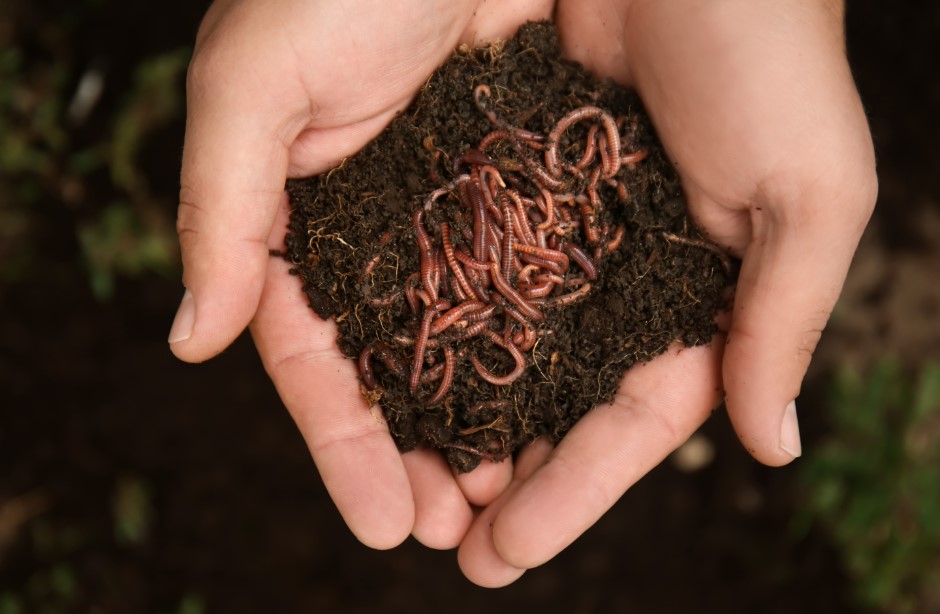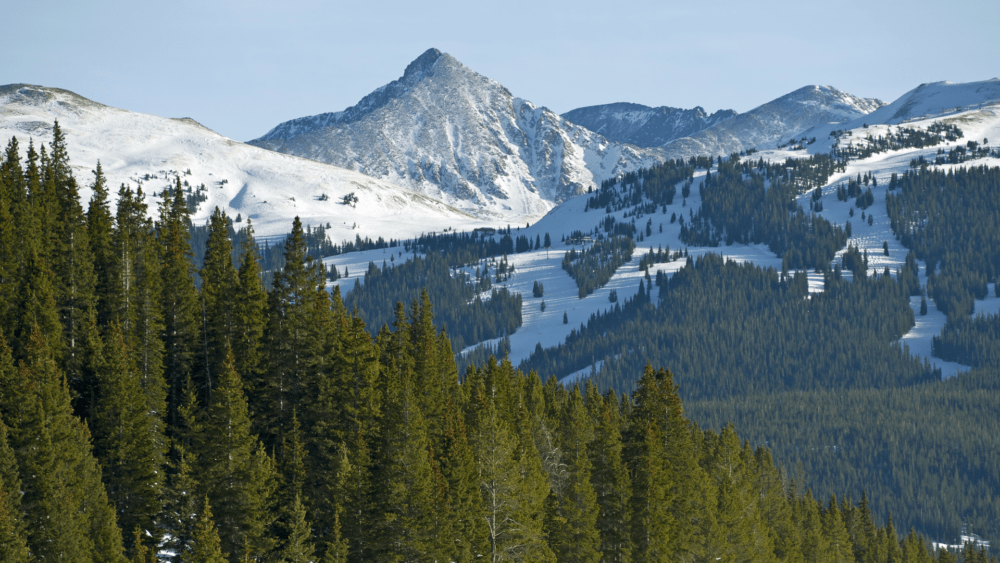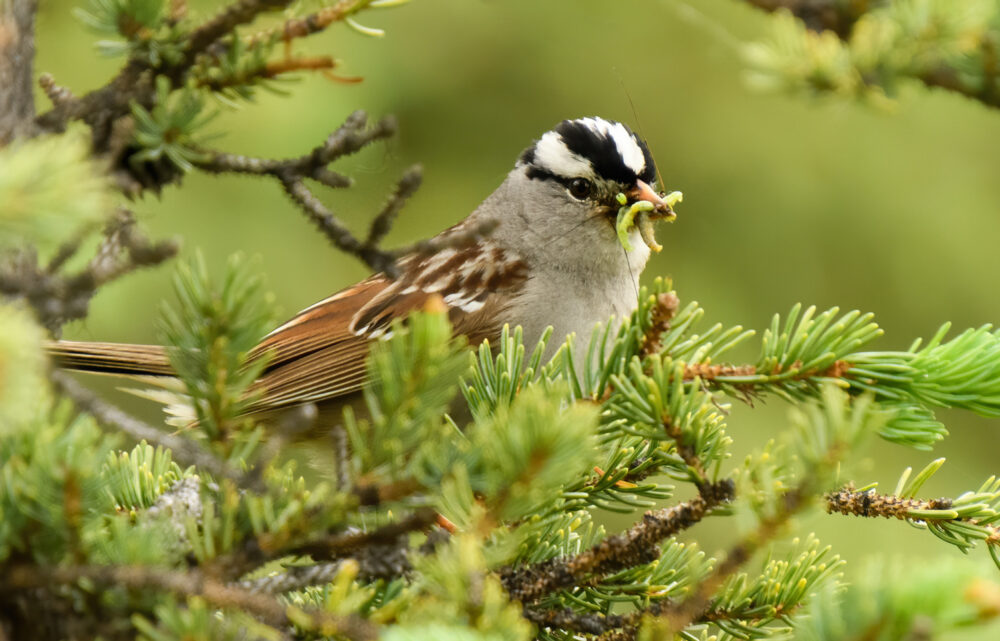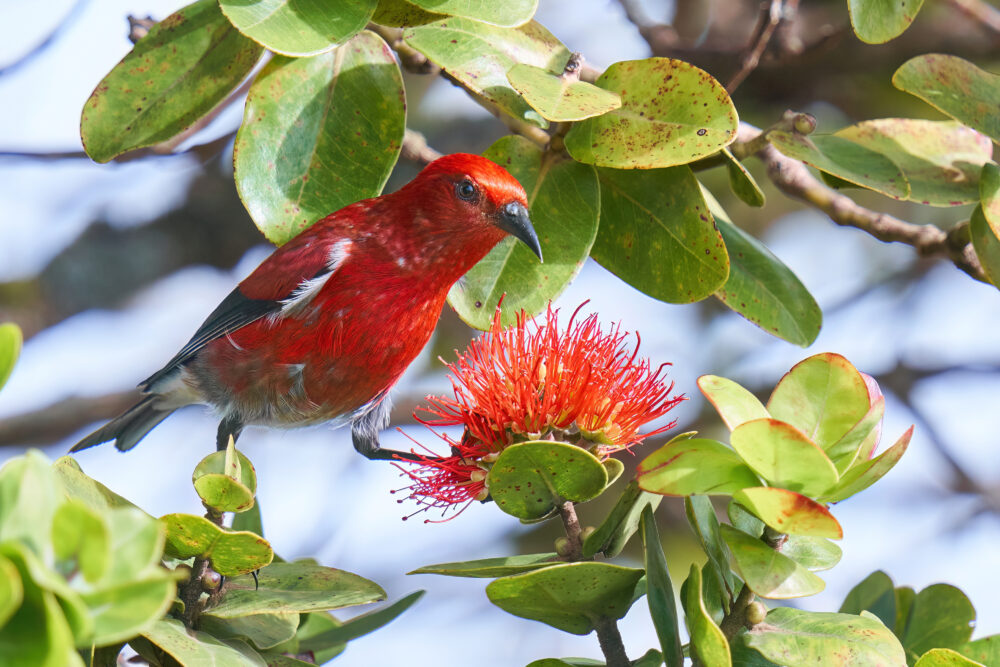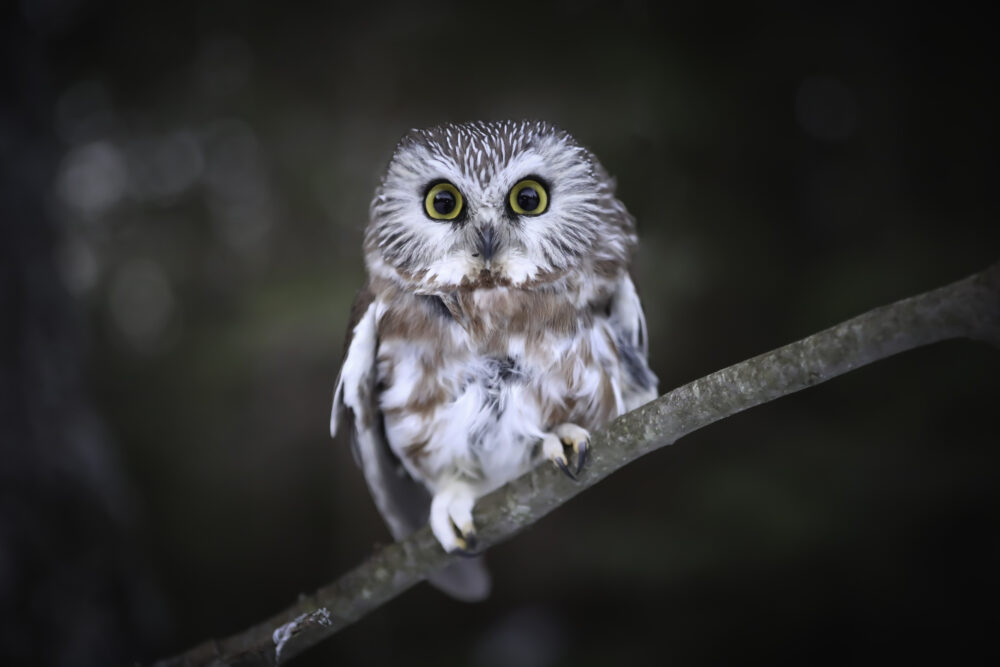We have much more to do and your continued support is needed now more than ever.
How to Help Give Bison More Room to Roam Free
Thanks to National Wildlife Federation members’ strong support of the Adopt a Wildlife Acre program, bison now have more room to roam without coming into conflict with domestic cattle. But there is still more to be done to ensure they can migrate freely throughout the year.
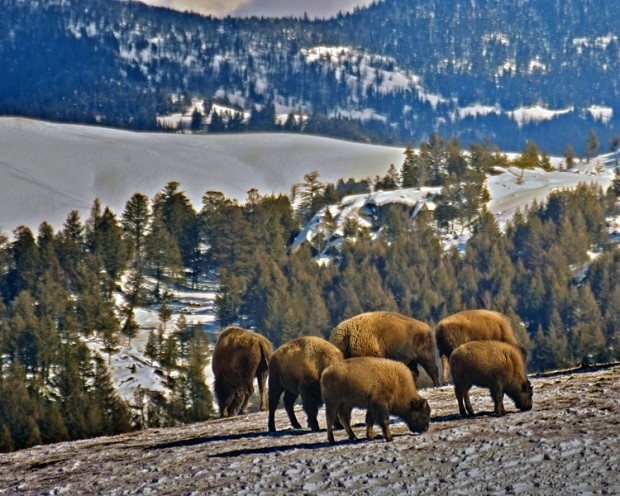
Yellowstone bison were one of the first species we worked to help through Adopt-a-Wildlife-Acre. At that time, during harsh winters when bison tried to leave the cold high elevation habitat of the park, they were greeted at the park boundary by government officials either who rounded up and killed the bison or hazed them into the park. In some winters more than a thousand bison were killed.
It was plain that bison needed winter habitat outside the park, yet their migratory urge was being denied because ranchers feared that bison might pass the bovine disease brucellosis to their cattle.
Adopt-an-Acre Victories for Bison
Soon after starting the Adopt a Wildlife Acre program to retire domestic bison grazing allotments on public lands around Yellowstone, National Wildlife Federation supporters donated more than $110,000, which allowed us to retire the Horse Butte cattle allotment on the west side of the park. In 2008 and 2010 we retired the Cache-Eldridge and Wapiti cattle allotments, also on the west side of the park.
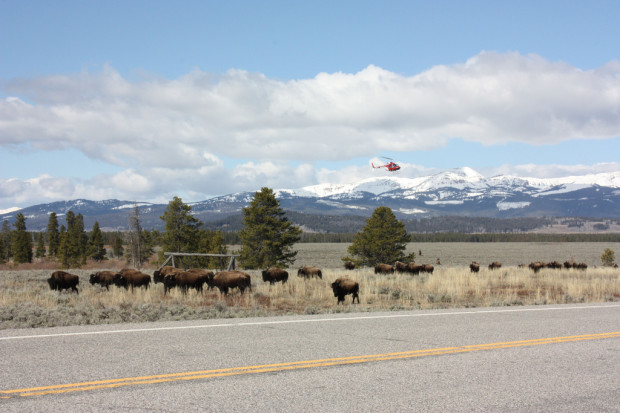
NWF supporters—through participating in the Adopt-an-Acre program—made these vast lands secure for bison.
Thanks to the efforts of people like you to help retire livestock grazing allotments, domestic livestock were essentially removed from the most important bison wintering areas west and north of Yellowstone Park, This huge victory for bison was accomplished with little or no controversy. By our having moved domestic cattle off of key bison grazing lands, state agencies were left with little reason not to allow bison to roam outside the park.
The Next Step for Yellowstone Bison
The incredible number of acres opened up for bison by the Adopt a Wildlife Acre program set the stage for the final step to ensure Yellowstone bison can migrate freely to important grazing lands throughout the year: in July, Montana state agencies released a proposal to permit bison to reside on a year-round basis in significant areas both west and north of Yellowstone Park.
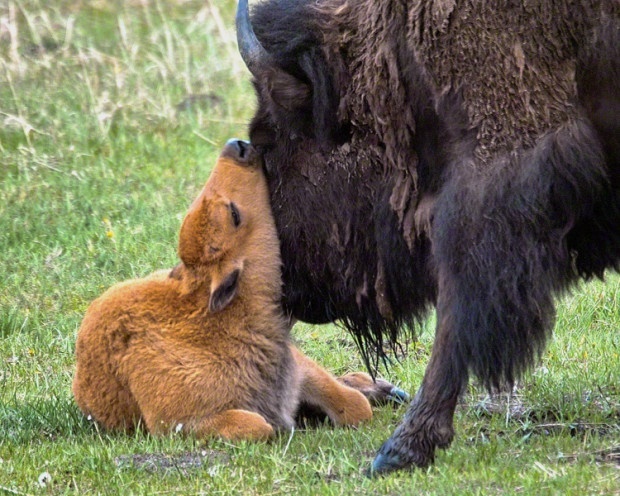
Right now bison need our help on ending out-of-date policies that force Montana’s Department of Fish, Wildlife and Parks to stop bison from staying on public lands to the west and north of Yellowstone Park year-round.
For National Wildlife Federation supporters who have been loyal followers of Adopt a Wildlife Acre for the past decade, ending the hazing of bison back onto Yellowstone Park lands is the culmination of our work on bison. And for those who are just learning about Adopt a Wildlife Acre, no worries, there’s still much to do – for bighorn sheep, grizzly bears, moose and wolves.
![]() Speak up for Yellowstone bison today—tell Montana wildlife parks agencies to end the practice of hazing bison when they roam onto ideal grazing lands.
Speak up for Yellowstone bison today—tell Montana wildlife parks agencies to end the practice of hazing bison when they roam onto ideal grazing lands.














